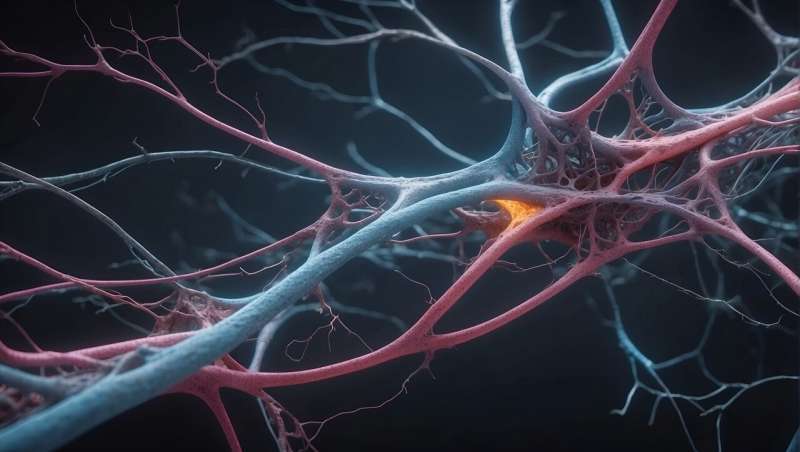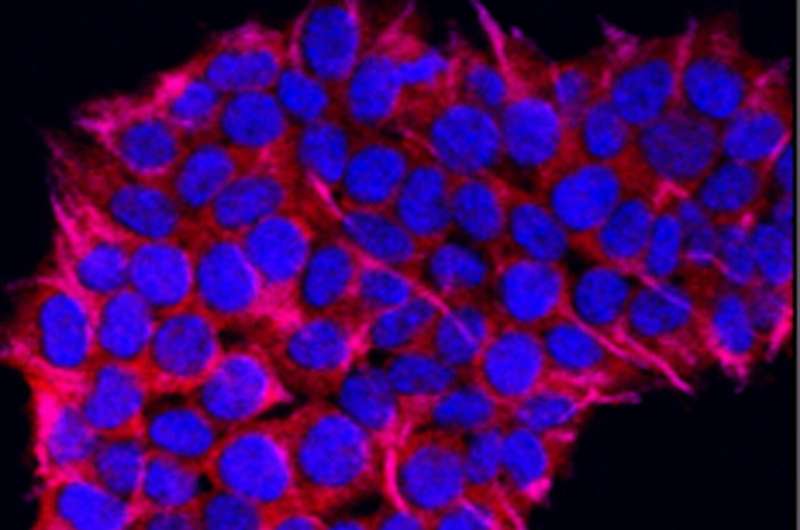Innovative Cell Replacement Technique Slows Neurodegeneration in Mice: Potential Breakthrough for Alzheimer's and Similar Diseases

Stanford Medicine researchers have developed a breakthrough technique in mice to replace brain immune cells, microglia, leading to slowed neurodegeneration. This innovative cell therapy offers hope for treating devastating diseases like Alzheimer's and lysosomal storage disorders.
Recent research from Stanford Medicine introduces a novel approach to combating neurodegenerative diseases by replacing brain immune cells, specifically microglia, with healthy precursor cells. In studies involving mice afflicted with conditions similar to Sandhoff disease, scientists successfully replaced more than half of the severely affected microglia using non-genetically matched donor cells. This method not only prolonged the animals' lifespan but also significantly alleviated behavioral and motor symptoms associated with the disease.
The significance of this development lies in overcoming previous hurdles related to cell transplantation into the brain. Traditional strategies faced challenges like poor engraftment, immune rejection, and graft-versus-host responses. However, the new technique combines brain-specific microglia depletion through targeted drugs and irradiation, followed by the injection of precursor cells. Additionally, immune-modulating drugs were used to prevent rejection, resulting in sustained integration of healthy cells that developed into microglia without affecting other parts of the body.
Remarkably, the transplanted microglia appeared to support neuronal health by secreting essential lysosomal enzymes, which are crucial for breaking down cellular waste. Even the neurons, which are typically affected in these lysosomal storage disorders, showed enzyme levels suggesting that microglia may supplement neurons with needed enzymes, potentially offering a new avenue for treatment.
This approach sidesteps the complications associated with systemic, body-wide hematopoietic stem cell transplants, such as toxicity and immune-related issues. Since each step—irradiation, cell injection, and immune regulation—is already used in other medical treatments, translating this therapy to humans appears promising.
The implications extend beyond rare genetic disorders. Given the similar cellular pathways involved, this microglia replacement strategy could potentially be adapted for more common neurodegenerative diseases like Alzheimer’s and Parkinson’s. If successful in humans, it might offer a scalable, immune-compatible, and effective treatment option for millions affected worldwide.
Stay Updated with Mia's Feed
Get the latest health & wellness insights delivered straight to your inbox.
Related Articles
The Immediate and Long-Term Health Benefits of Quitting Alcohol: A Timeline of Recovery
Discover the timeline of health improvements after quitting alcohol, from immediate benefits like better sleep and hydration to long-term reductions in chronic disease risks. Every alcohol-free day counts for your well-being.
Global Bioethics Training: Successes and Challenges in Building Ethical Research Capacity
A pioneering study highlights the achievements and hurdles in international bioethics training programs supported by NIH, emphasizing their importance in strengthening ethical research capacity in low- and middle-income countries.
Child-Parent Psychotherapy Shows Promise for Treating Trauma in Young Children
Recent research from Karlstad University highlights how Child-Parent Psychotherapy (CPP) can effectively address trauma in children under six, leading to lasting improvements in emotional well-being and family relationships.
Innovative Fusion Protein Enhances Cancer Immunotherapy Effectiveness
A novel fusion protein developed by researchers at Basel combines immune activation and tumor signal blocking, enhancing the effectiveness of cancer immunotherapy with reduced side effects.



